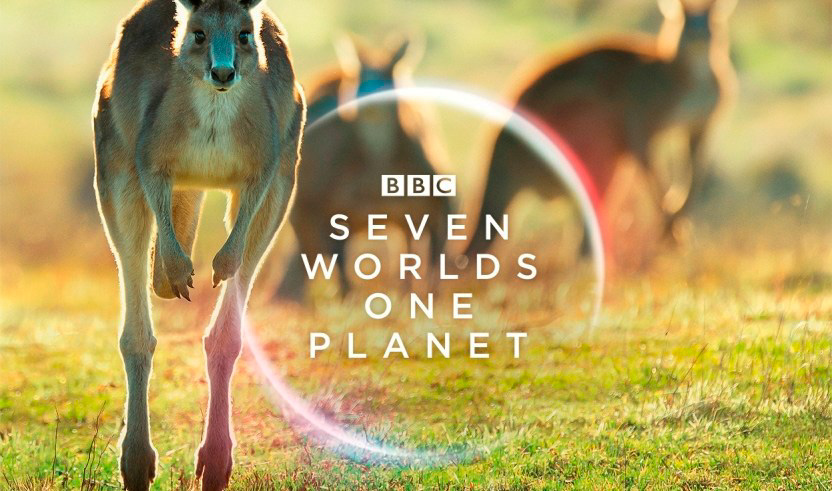‘Seven Worlds, One Planet’ showcases the natural world
Species: Eastern Grey Kangaroos in Namadgi National Park, Australia
“Seven Worlds, One Planet” is a nature documentary series on the British Broadcast Channel (BBC) showcasing hourlong episodes featuring the diverse wildlife on each of the seven continents.
The docu-series is hosted by English broadcaster and natural historian David Attenbourough, who has also narrated several other nature documentaries for the BBC in the past, including the very popular “Planet Earth” series.
This new series, however, brings audiences to the natural world in a way they haven’t seen before.
The first episode highlights the beauty of the land down under — on the continent of Australia. The animals featured include the cassowary, kangaroo, dingo and the Jotus spider.
The documentary switched between the various environments in Australia, traveling from the scorching desert to the snowy higher peaks. Kangaroos and wombats fight through the harsh, higher atmosphere while lizards battle it out for water in the driest inhabited place on Earth.
Throughout the course of the episode, the camera crew gets up close to give viewers incredibly unique viewing experiences of some of the most elusive creatures on the planet. This includes footage of baby dingoes, a spider mating dance and even kangaroos in the snow.
At the end of each episode, the audience gets to see for the first time what goes on behind the scenes with the camera crew to get such amazing footage. The camera crews follow animals around for weeks to bring in the footage that they do, and when the walking around doesn’t do the trick, the crew brings out the drone to get what they need.
In the Australia episode, the islands that surround the mainland are also featured. The one focused on the most is Tasmania, where the Tasmanian devil is the main animal discussed.
The Tasmanian devil is a critically endangered species, and it is mentioned that the family shown during the episode is one of the only families left of the species. They use ancient carvings from the first people on the continent to show how the species was once seen on the other side of the continent, far from the island the Tasmanian devil now calls home. However, once settlers from other countries arrived, they ravaged the continent and wildlife, pushing the Tasmanian devil population to the small island off mainland Australia’s coast.
Throughout the Australia episode, the continent’s changes over Earth’s history due to land shifting are shown. The reason there are such magnificent creatures living there today is because they have adapted to its changing environment.
However, the one thing that the Australian wildlife hasn’t been able to adapt to is the havoc humanity has raged on the world. It was human involvement that has caused so many animals to be on the brink of extinction.
One of the main efforts of the show is highlighting the beauty of the natural world, while also bringing awareness to how humanity is destroying it. The Australia episode, for example, focuses on the damage the wildfires have been doing to the continent and animals.
On the channel’s website, viewers can get more information on how to help the efforts being made to help the natural environments around the world. To help the Australian wildfires, “Seven Worlds, One Planet” provides a link where people can donate.
By bringing this kind of awareness to the damage humanity has done to habitats all over the world, we can come together to protect the natural world and all the beauty it holds.








